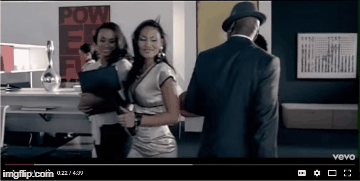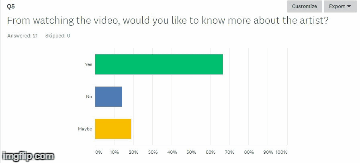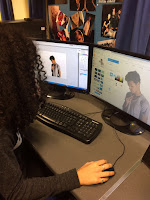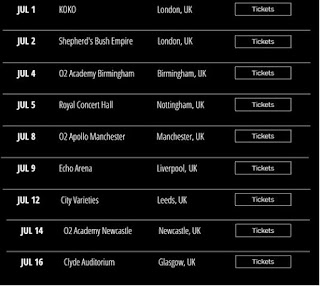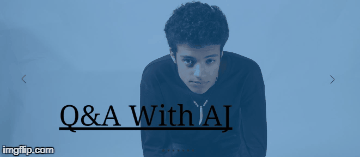Our Music Video
A music video is an important product in promoting the single, album and artist as well as making a statement on the artist's image and the creative vision associated with them.
Form
Simon Frith's music video theory states that there are three main forms of music video and they are: Narrative, Performance and Conceptual.
Below is a mind map giving details on these forms and examples of each. Please click the present button in the top right hand corner to make full screen, and click and drag to navigate.
From this theory we applied the hybrid form of having a Performance/Narrative music video, in keeping with genre conventions and to the lyrics lending themselves to a simple, universal story on relationship.
Narrative
Our video contains a narrative that shows AJ looking back on his relationship with his girlfriend that ended after she cheated on him, with him expressing how he feels about the relationship as a whole and the break-up itself.
It was important that our dual narrative had a basic structure and was easy to follow as we wanted it to be a universal story that our audience could understand and relate to. To ensure this we followed Todorv's Narrative Theory which has been detailed in relation to our plot in the table below.
 |
| Narrative structure theory applied to our music video |
A real music video that really inspired our narrative was Ne-Yo's 'Miss Independent'. We followed the structure seen in this video, common fro the R&B genre, of the story being fragmented and fit in around performance and dance shots.
The full video can be seen below along with screenshots from the video giving the basic outline of the story interspersed throughout the performance shots.
Another convention we developed within our narrative in the music video was Carol Vernallis' theory on the audio-visual aesthetic, in particular the fragmented and disjointed nature of a music video through discontinuous editing. This is seen in the montage of the girlfriend and the man she is cheating with and the argument between her and AJ.
Andrew Goodwin's theory states that there must be a link between the lyrics and visuals in a music video to help create meaning throughout. We followed this in our video by having specific narrative shots on certain lines to match what was being sung. This can be seen below on the line 'Why did you leave me all alone', where the first time the girlfriend walks out on AJ and the second time AJ looks around registering that she's left him again.
Performance
Our music video is predominantly performance with narrative interspersed throughout. We have a range of different set ups for lip-syncs both in the studio and on location with several dance sequence set ups as well.
Lip-sync
Goodwin's theory on the link between lyrics and visuals was also important in our lip-sync on lines such as 'I found out from him' where AJ points at the other guys shadow, and 'Now its your turn to cry' where AJ points down the camera.
Lip-sync
Goodwin's theory on the link between lyrics and visuals was also important in our lip-sync on lines such as 'I found out from him' where AJ points at the other guys shadow, and 'Now its your turn to cry' where AJ points down the camera.
For the lip-sync it was very important that it was authentic and portrayed a lot of emotion in fitting with the lyrics and narrative of the song. This part of our performance was heavily inspired by Jason Derulo's lip-syncs in his videos.
 |
| Jason Derulo examples of authentic lip-sync |
 |
| Our examples of emotion portrayed through lip-sync |
Genre
In order to meet audience expectations and needs it is important that our video convey a strong sense of genre, conforming to specific R&B conventions. Our video uses and develops these conventions throughout in order to be easily recognisable as an R&B music video and challenges some conventions to reflect the artist's personal beliefs and make the video stand out. Below is an Emaze going into more detail on this.Website
Below is a Prezi detailing the key aspects of our website and how we followed conventions of real ones.
Digipak
Below is a Slide show analysing a reference album cover and our panels in accordance with digipak conventions.
To conclude, I feel that we have successfully used and developed forms and conventions of real media products across the music video, website and digipak, creating authentic products which meet the audience's needs. Where we have challenged conventions, I believe that this has helped our products stand out and be unique in the market.
